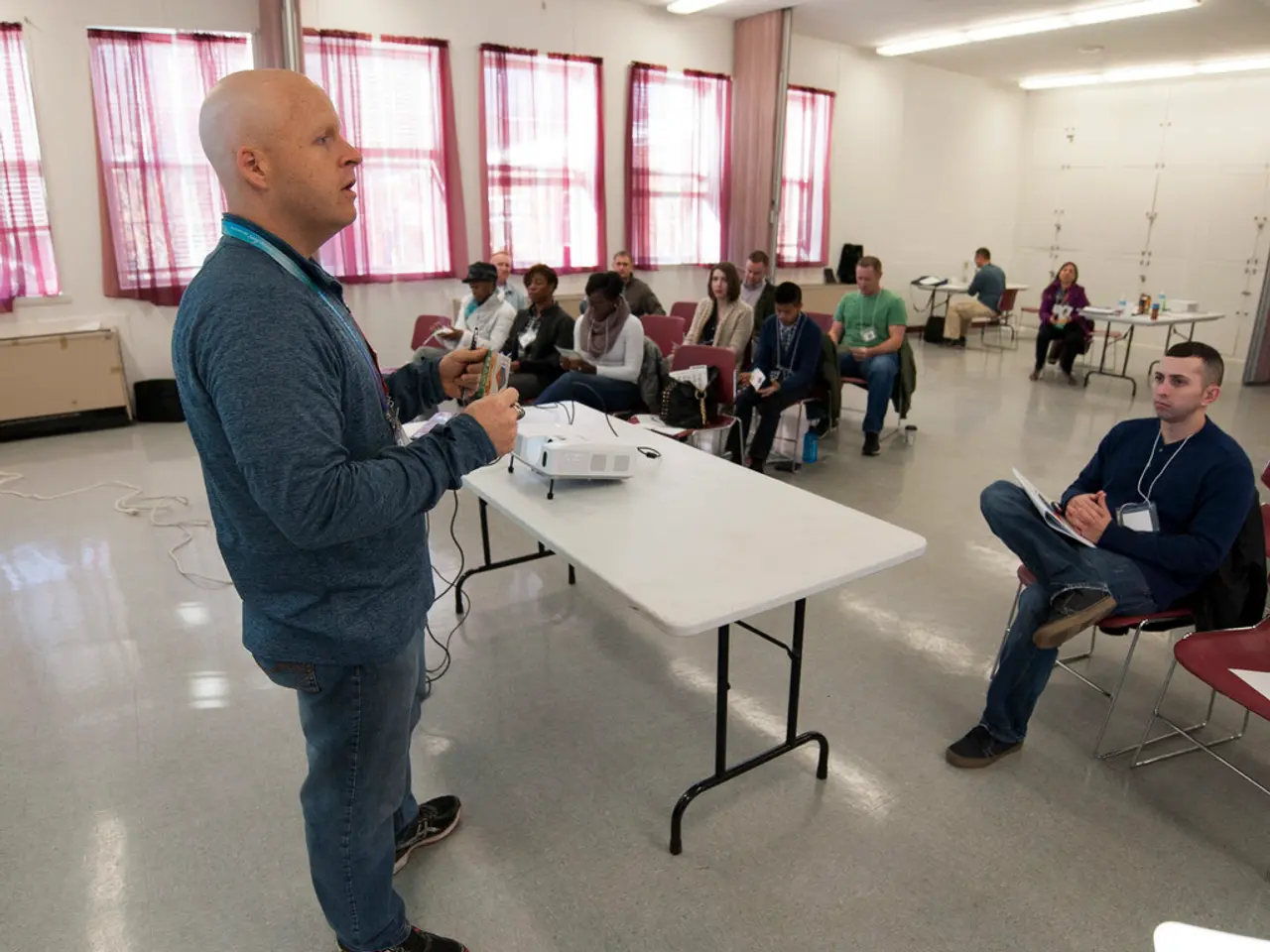Microsoft's innovation in light-powered computing promises a 100-fold speed increase and enhanced energy efficiency for AI processing.
Microsoft Research has made a significant breakthrough with the development of a light-powered analog optical computer (AOC), a new computing technology designed to tackle complex optimization problems and handle AI workloads more efficiently. The AOC, which is 100 times faster and more energy-efficient at specific tasks compared to digital computers, was built by a team led by Francesca Parmigiani at Microsoft Research Cambridge.
The AOC embodies computations in physical systems, avoiding bottlenecks that slow down conventional chips. This innovation promises to revolutionize various sectors, particularly healthcare, where the AOC has demonstrated its potential. By reconstructing MRI scans with promising accuracy, the AOC could potentially reduce scan times from 30 minutes to just five.
Michael Hansen, a senior director at Microsoft Health Futures, noted that the digital twin of the AOC was crucial in showing the viability of larger-scale MRI reconstructions. The digital twin, a software version of the AOC that mimics the way the hardware behaves, allows researchers to test the system at scale, explore how optimization or AI problems would map onto the hardware, and share results with outside collaborators.
The prototype of the AOC is built using commercially available parts, including micro-LED lights, optical lenses, and sensors from smartphone cameras. Microsoft Researcher Jannes Gladrow estimated an improvement of around a hundred times in energy efficiency with the AOC. Hitesh Ballani, who directs research on future AI infrastructure at Microsoft Research, stated that the AOC delivers the most important aspect: a significant improvement in energy efficiency.
The AOC's potential in healthcare was demonstrated, but the technology also shows promise for running AI workloads. The Cambridge team sees potential for the optical approach to handle reasoning tasks like "state tracking" far more efficiently. The AOC was even tested to optimize delivery-versus-payment securities transactions in finance, involving thousands of transactions among up to 1,800 parties.
The findings of the study have been published in the prestigious journal Nature, marking a significant milestone in the development of the AOC. As researchers continue to scale the AOC prototype, which currently manages 256 parameters, they believe it could scale to millions or even billions as micro-LED components are miniaturized. The future of efficient, light-powered computing is undoubtedly an exciting prospect.
Read also:
- Understanding Hemorrhagic Gastroenteritis: Key Facts
- Stopping Osteoporosis Treatment: Timeline Considerations
- Tobacco industry's suggested changes on a legislative modification are disregarded by health journalists
- Expanded Community Health Involvement by CK Birla Hospitals, Jaipur, Maintained Through Consistent Outreach Programs Across Rajasthan








